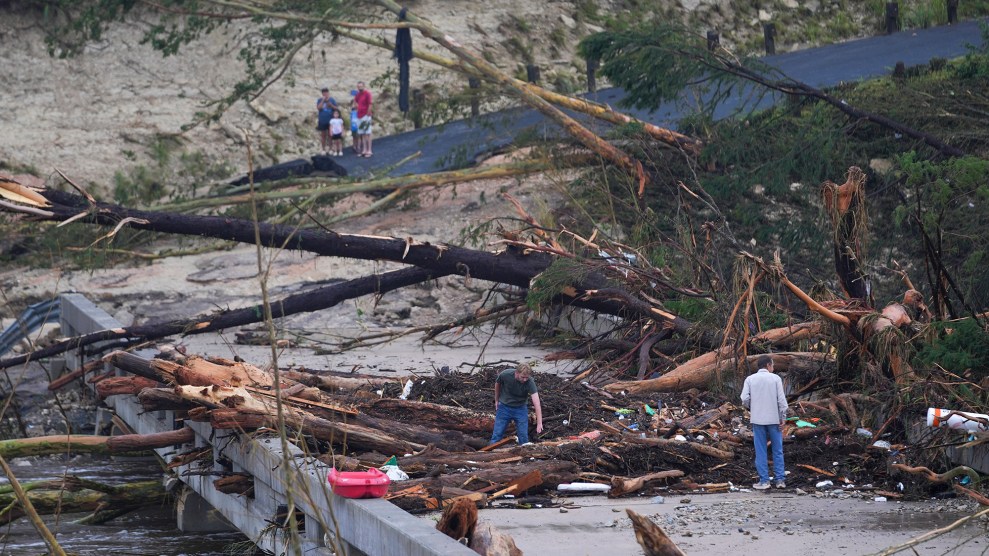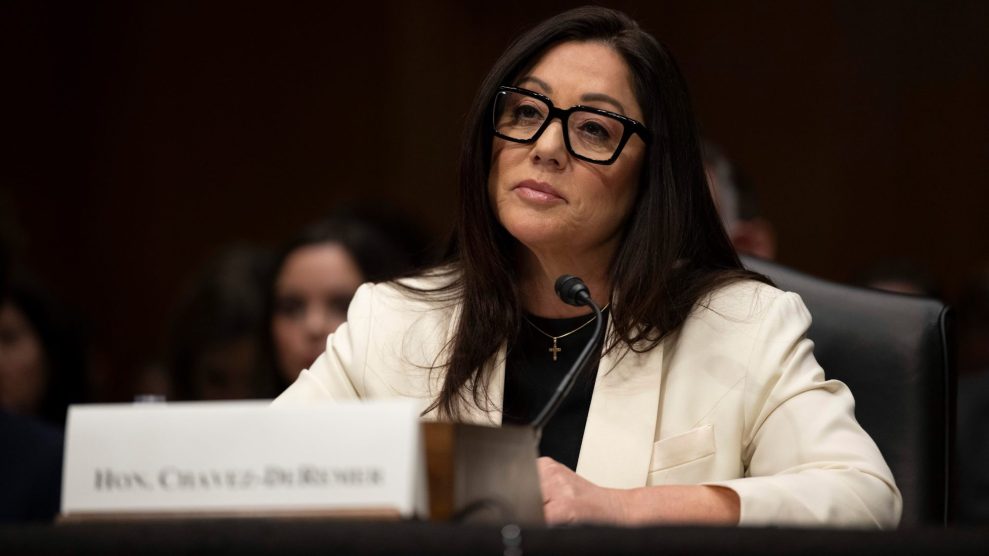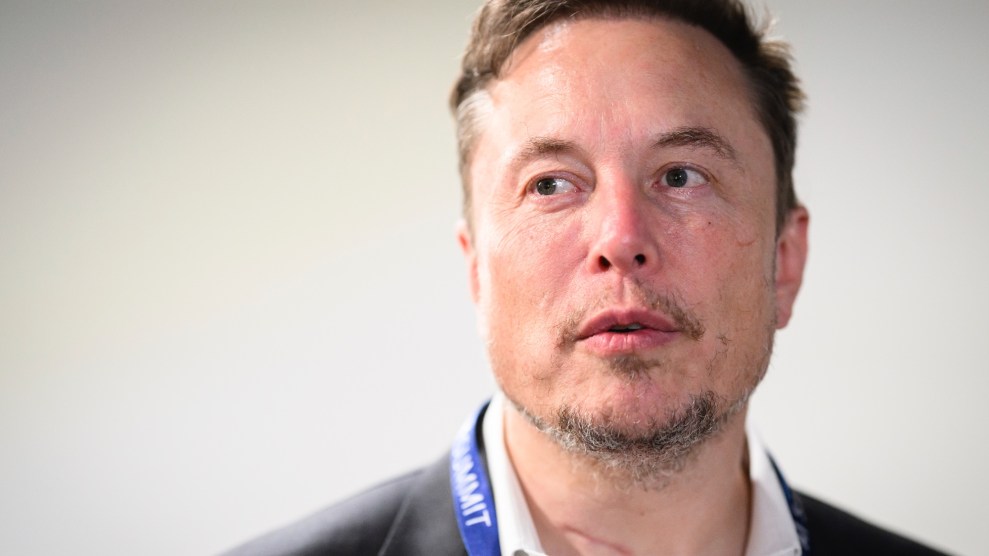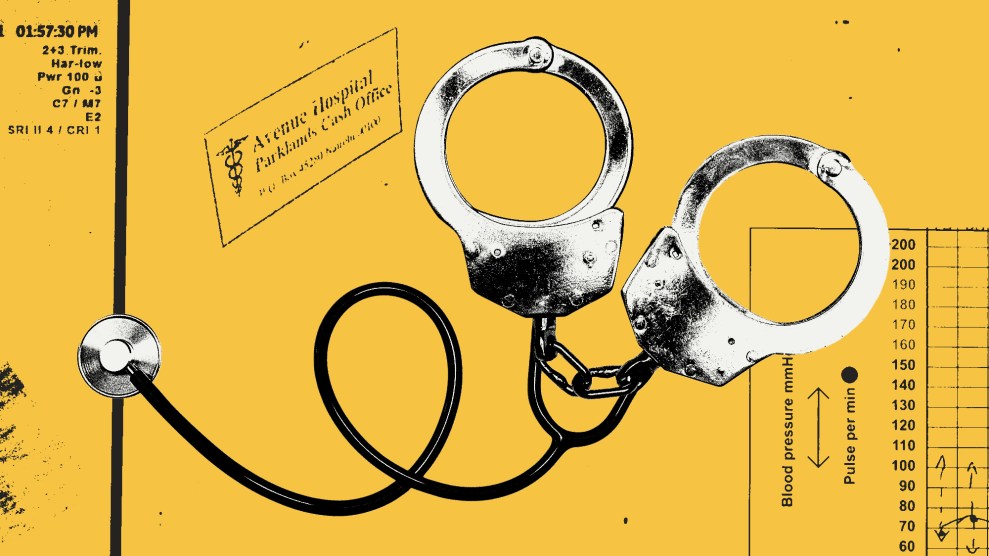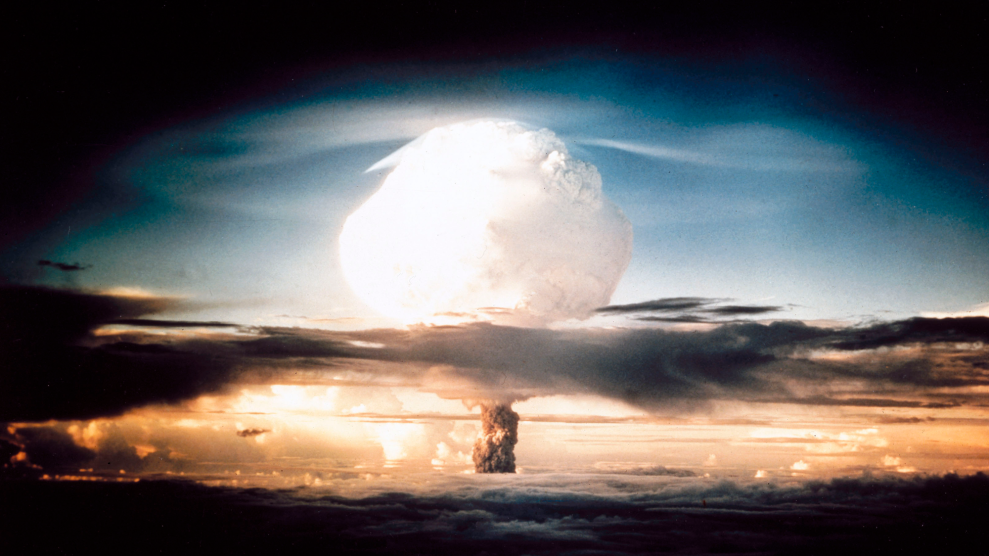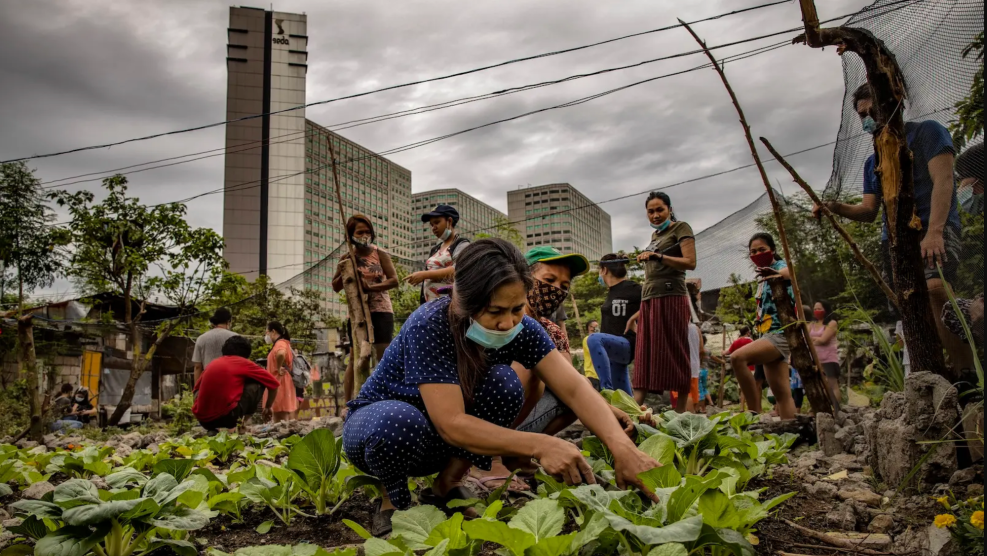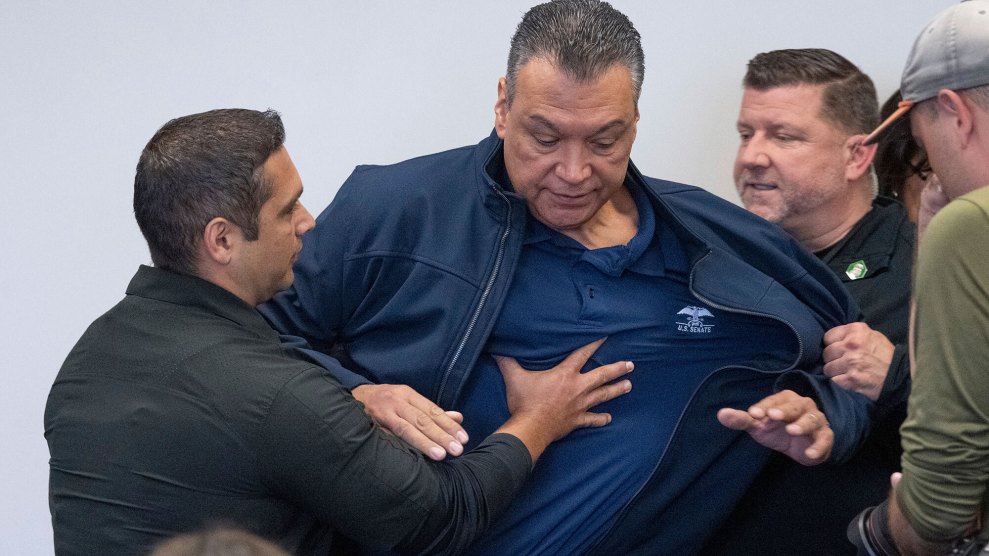Louisiana did not need any additional environmental problems. With a rapidly disappearing coastline, a number of invasive species that have played havoc with the ecosystem, a Formosan termite crisis in New Orleans of shocking proportions, and lax pollution laws, the state had major problems before Katrina and Rita landed. Now, it will have even more.
10,000 family foresters in southeast Louisiana may lose 90% of their income, according to an article in today’s New Orleans Times-Picayune. The article featured Roy Wood, a forester with 800 acres of ecologically sound forest, which hosts one of the state’s two remaining gopher tortoise dens. He has lost almost everything. The downed timber can be used to make plywood and paper, but much of it will have to be used as fuel wood, burned in boilers for energy.
Louisiana’s national wildlife refuges have taken a huge blow from Hurricane Katrina. Big Branch Marsh, which extends from Mandeville to Slidell, lost too many trees to count. The cavity trees served as home to the endangered red-cockaded woodpecker, and between 40 and 50% of are gone. There was also coastal marshland erosion and the displacement of other wildlife.
Initial damages to the state’s wildlife-and-fisheries facilities now exceed $94 million. It is unknown how many animals drowned, how many birds were destroyed by high winds, or what the effect of oil and chemical spills will be on wildlife. Wildlife experts are concerned about southwest Louisiana’s rich bird habitats, for there is both habitat loss and the loss of refuge from prey. It is estimated that 200,000 nutria died in the two hurricanes.
The only good news so far is that Lake Pontchartrain is relatively healthy and should return to full health. Several years ago, the Lake Pontchartrain Basin Foundation set about cleaning up the lake, which was in abysmal shape because of shell dredging, dairy farm run-off, and the dumping of sewerage and chemicals.
